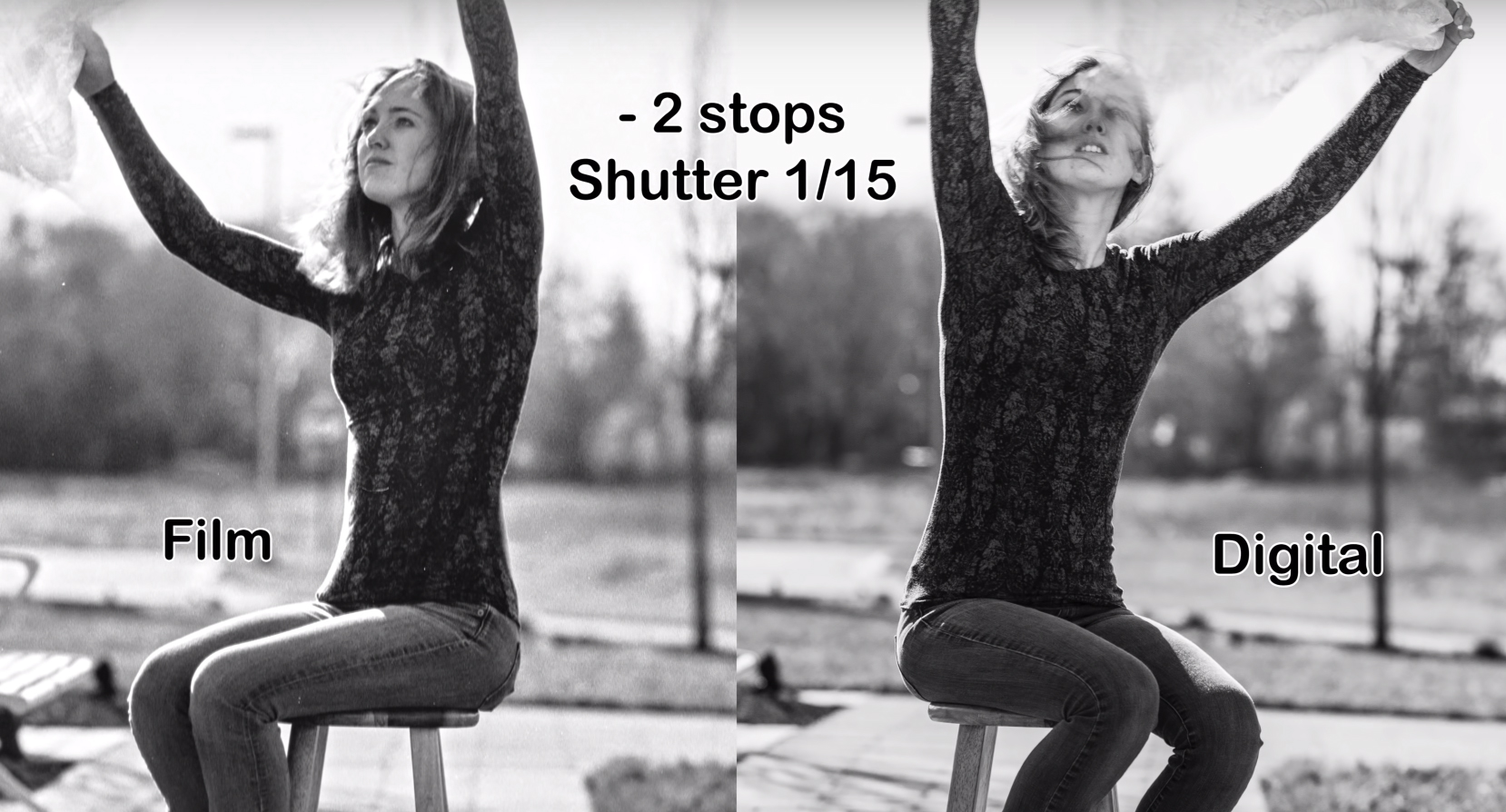[09:46 Mon,20.May 2019 by Rudi Schmidts] |
For Bill Lawson, his experiment can be subjectively broken down to the following statement: The digital image had a usable exposure latitude of 8-9 f-stops (-7/-6 to +2) for his subject. At -8, the digital noise rendered the image useless in his eyes. The Kodak film, on the other hand, allowed about 12 exposure levels to be used for its subject (-2 to +10), whereby the overexposure levels from +8 already produce their own aesthetics, which some viewers would perhaps also classify as unusable. Nevertheless, in this case one can certainly still speak of a clear dynamic advantage for analogue film. Which of course also has to be bought with its relatively complex handling and high material costs. If, on the other hand, you are nailed down digitally anyway, you can still take an ever-valid wisdom from this test with you: If you are not sure about the exposure you should underexpose digital recordings if you want to be on the safe side. In contrast to analogue film, which you may slightly overexpose for security reasons. deutsche Version dieser Seite: Digital vs. Film - Dynamik-Vergleich anschaulich gemacht |






 For a particularly vivid comparison, photographer Bill Lawson took the trouble to compare the dynamic range of a digital sensor with analog film. He did his experiment with still images, but the result should be easily transferable to moving images.
For a particularly vivid comparison, photographer Bill Lawson took the trouble to compare the dynamic range of a digital sensor with analog film. He did his experiment with still images, but the result should be easily transferable to moving images.